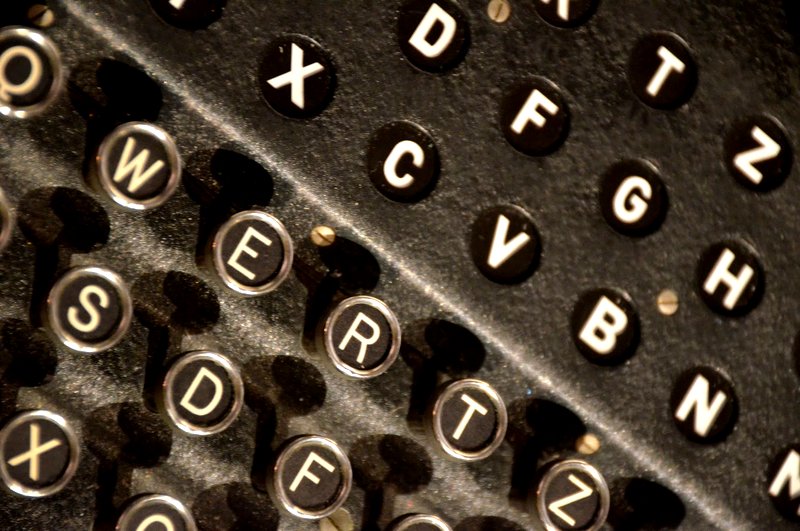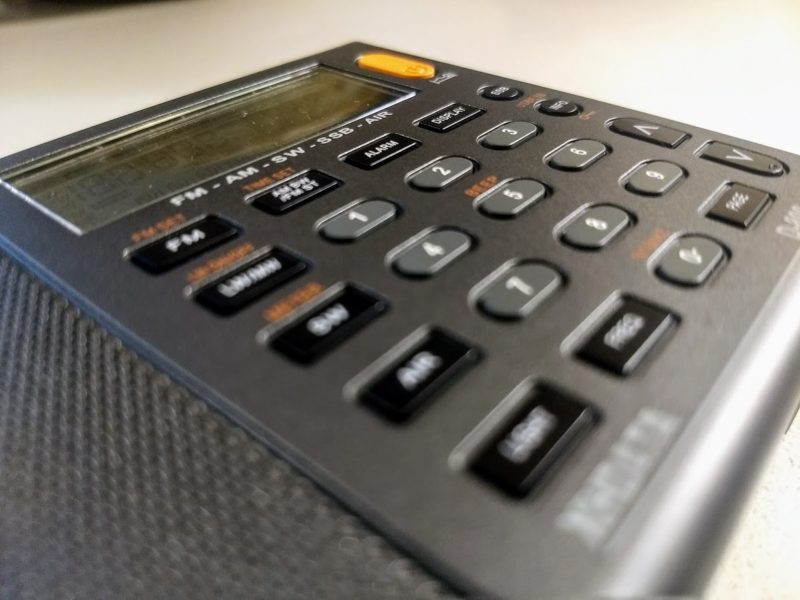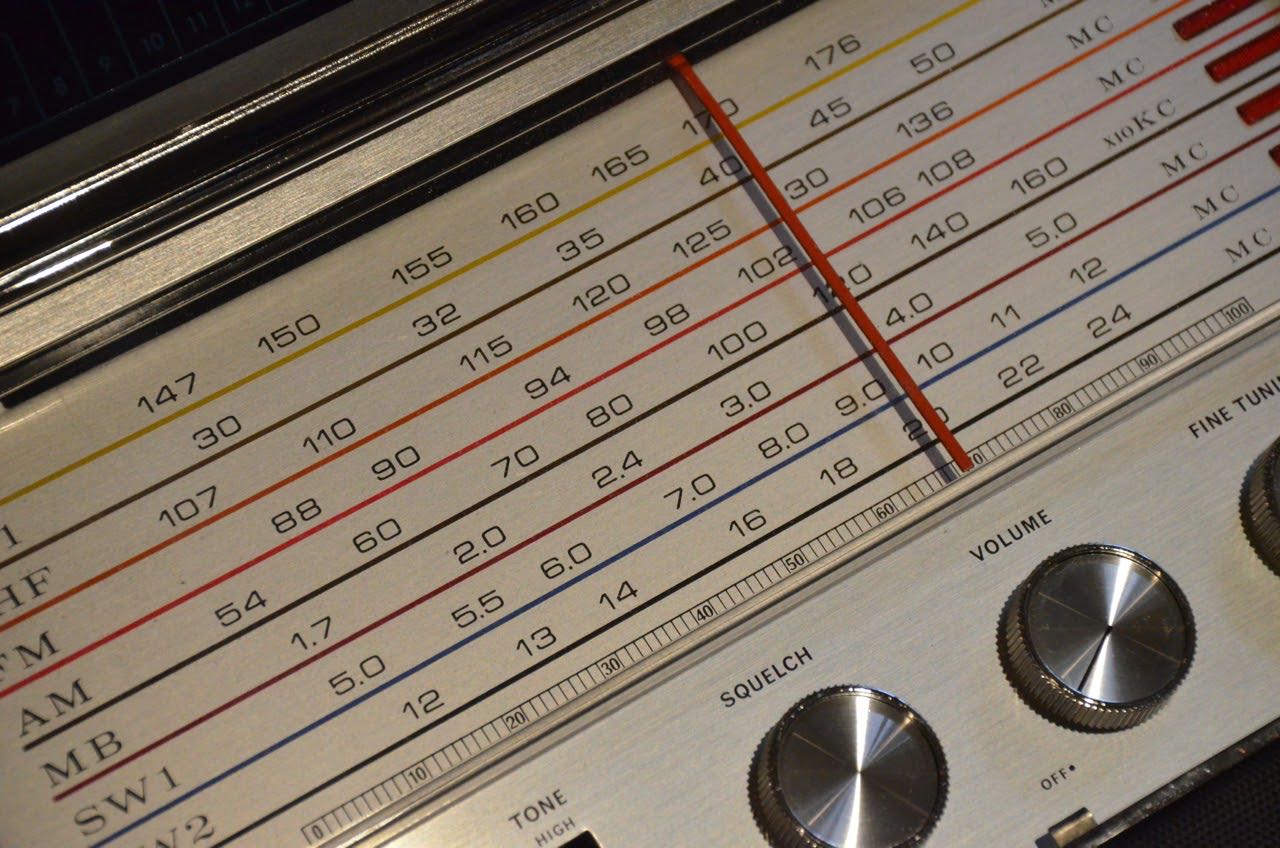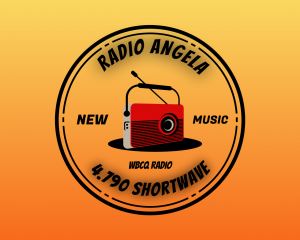 Many thanks to SWLing Post contributor, Dirk Rijmenants, who shares the following update:
Many thanks to SWLing Post contributor, Dirk Rijmenants, who shares the following update:
Dear cryptography enthusiasts,
The Cipher Machines and Cryptology website moved to a new location!
Since you visited our website, contacted me, read about cryptography,
downloaded the various simulators or participated in some the challenges, I
would like to inform you that the entire website moved to the new address
www.ciphermachinesandcryptology.com. The website now also supports
hppts (SSL/TLS) so that you can visit us secure and anonymous.
If you want to stay in contact, then please visit the new website and add
the link to your favorites or bookmarks. I chose to inform you before the
old domain is terminated permanently because it takes a while before Google
indexes new website, and Google search results might still send you to the
old obsolete address for a whole.
If my website is linked on your website, then I’ be most grateful if you
adjust that link to the new website. Of course, you can also share the new
website with your friends and on social media. Spread the word! The more we
share it, the sooner search engines find it ;-]
The reason for the change of server and domain is due to the old provider
decided stopping all their user web spaces. More about the move is found on
our latest blog post.
My apologies for any inconvenience.
Dirk Rijmenants









